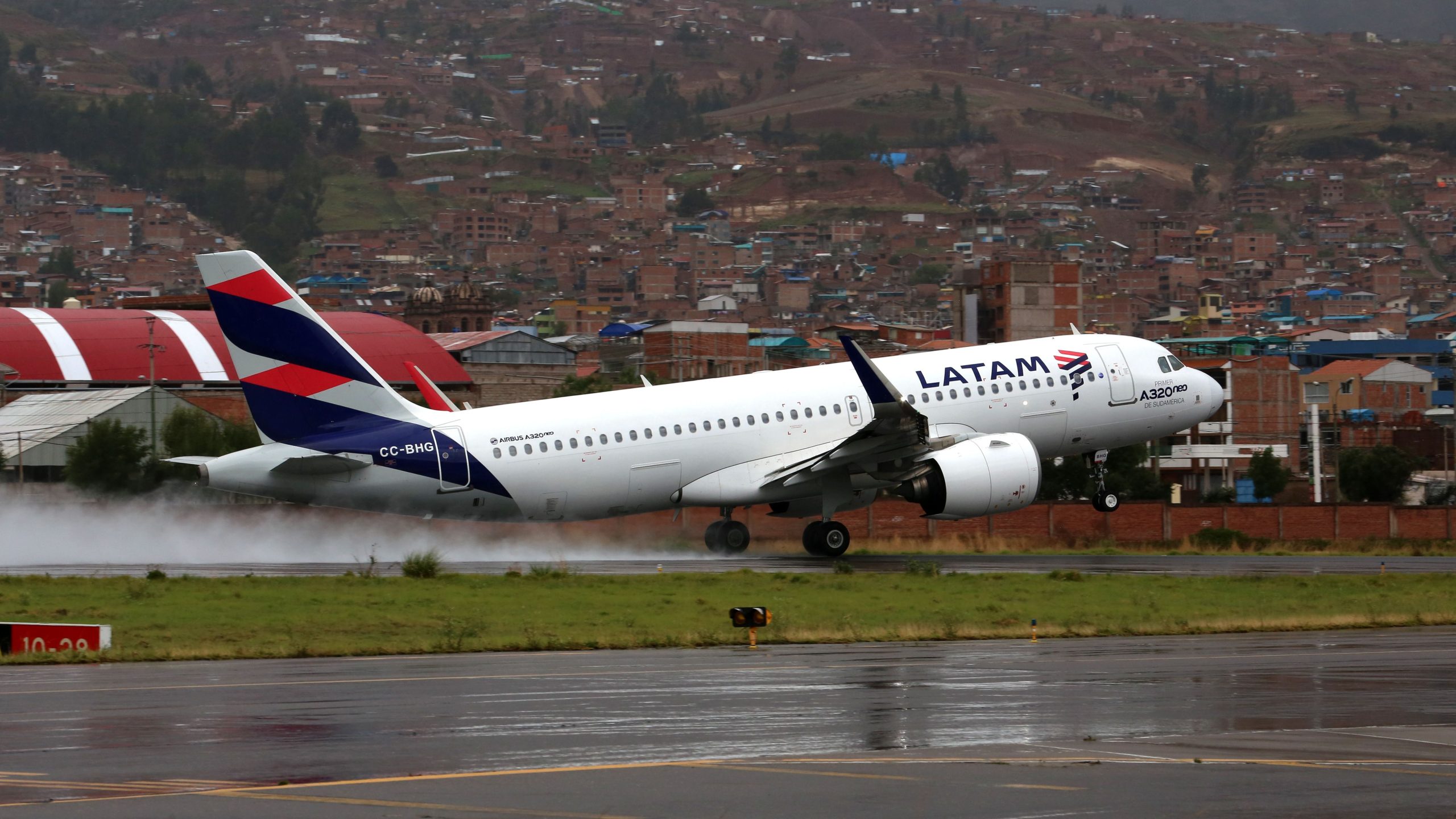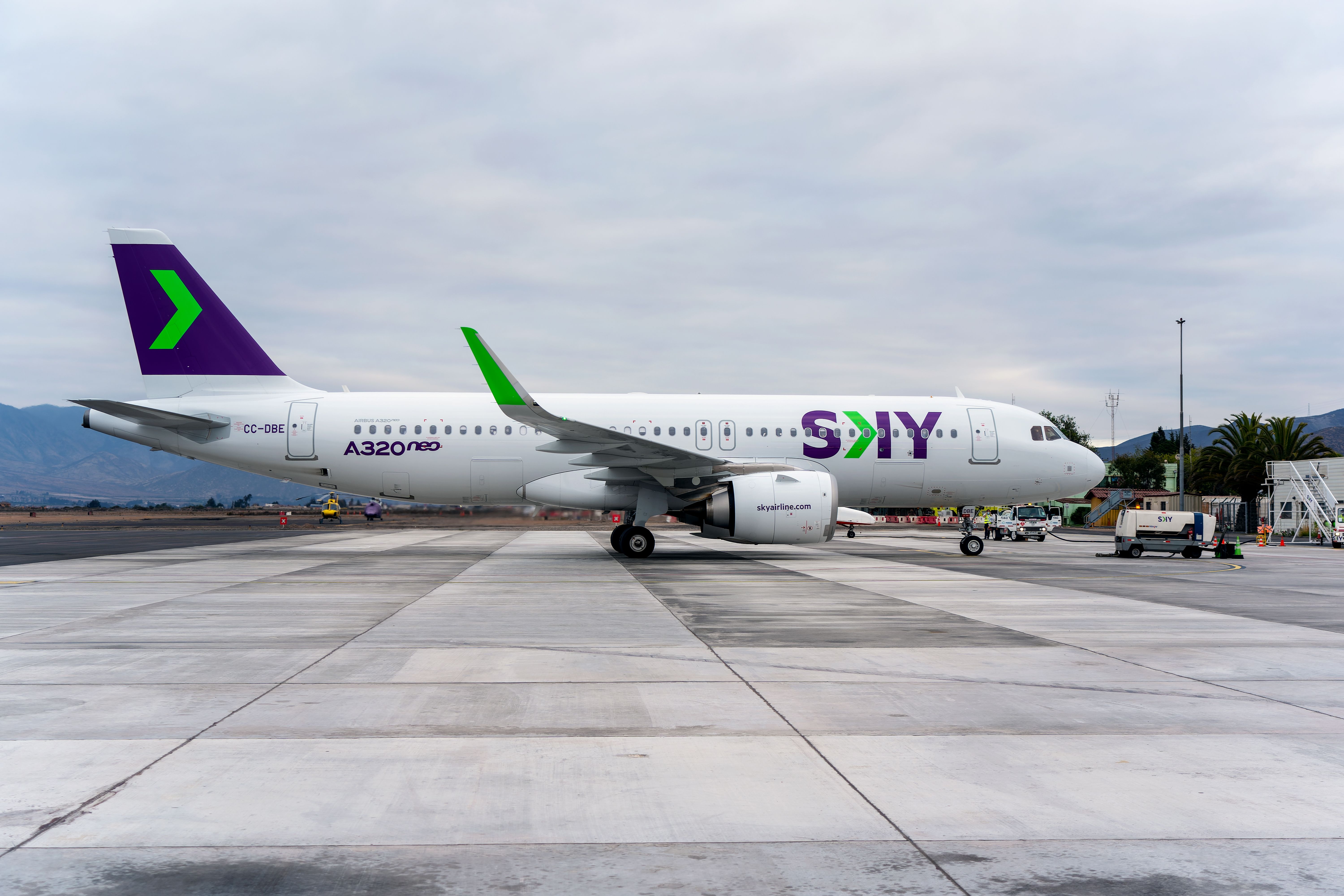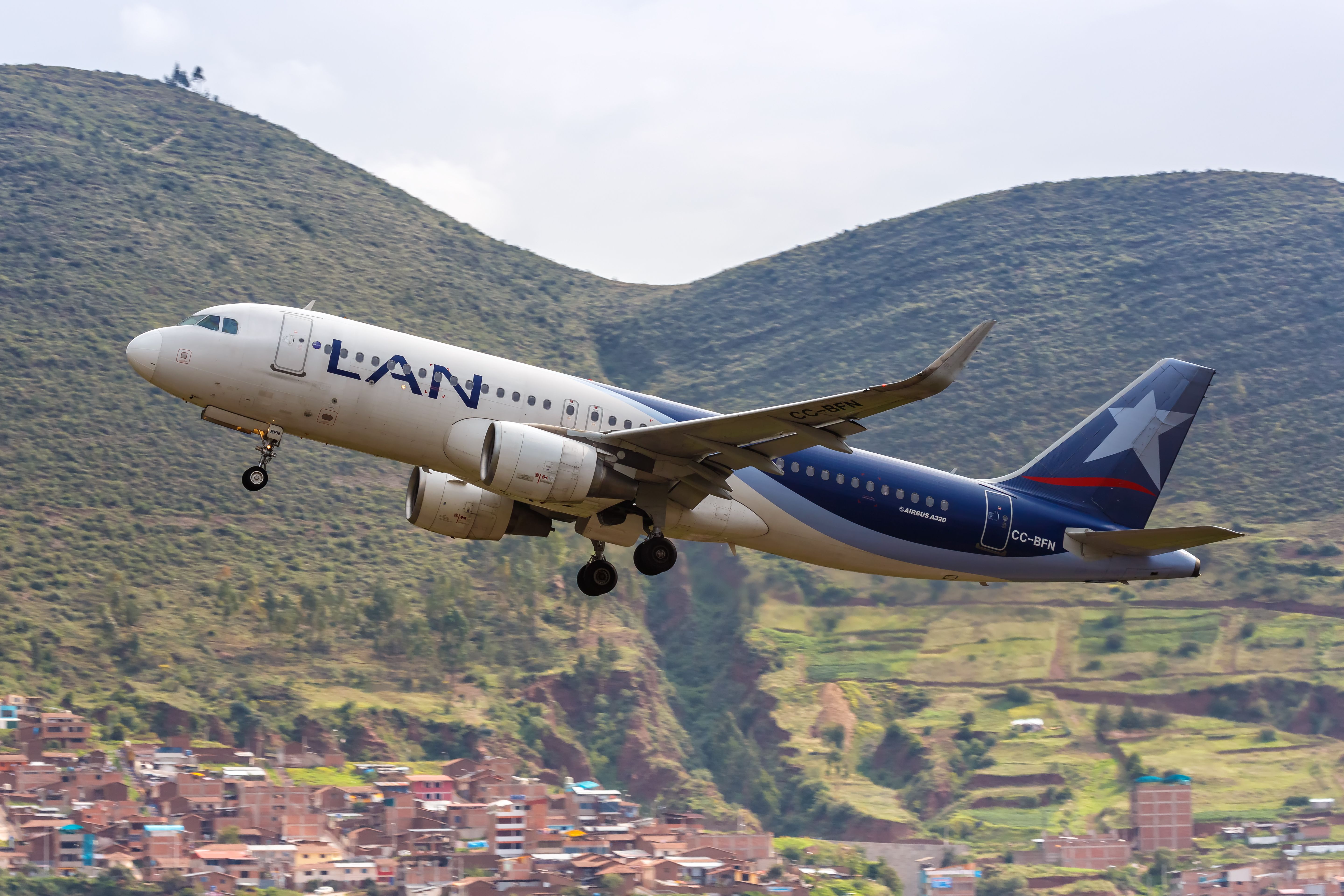Summary
- Peru’s aviation industry has seen an 80.9% increase in passenger numbers between January and July 2023 compared to the same period last year, but it still hasn’t fully recovered from pre-pandemic levels.
- Several airlines, including Avianca, Viva Air Peru, and Peruvian Airlines, have ceased operations in Peru in recent years, leading to changes in the domestic market and a decrease in international connectivity.
- Political turmoil and airport closures have also contributed to the challenges faced by Peru’s aviation industry in recovering post-pandemic.
Between January and July 2023, Peru received 6.5 million passengers, which represents an 80.9% increase compared to the same period last year, according to data released by the country’s Ministry of Transportation and Communications. Nonetheless, the South American country continues well below pre-pandemic traffic levels, one of the few that has not been able to recover from the global crisis.
An ongoing recovery
Most of the Latin American region has fully recovered now from the COVID-19 pandemic in terms of traffic levels or are, at least, back to pre-pandemic levels. Peru is not the case, according to the most recent data.
Photo: oscargutzo/Shutterstock.
On Tuesday, commemorating the Peruvian Civil Aviation Day, Sky Airline shared five insights about the local industry, including its recovery from the crisis. The ultra-low-cost carrier and the only airline to operate a 100%Airbus NEO family, shared,
“According to data from the Ministry of Transportation and Communications, from January to July of this year, 6.5 million passengers were carried across the country, representing an 80.9% increase compared to the same period in 2021. Nonetheless, the country has yet to recover the traffic numbers obtained in pre-pandemic levels, when the country registered over 7.6 million passengers in 2019.”
Prior to the pandemic, Peru’s civil aviation industry created about 340,000 jobs and was responsible for 2.6% of the GDP in the country. Nonetheless, the COVID-19 crisis deeply impacted the whole and tourism industries. The International Air Transport Association (IATA) believes that the Peruvian air transport has recovered 90% of its pre-pandemic domestic capacity and 70% of its international capacity.
Who flies in Peru?
The Peruvian aviation market has registered quite a lot of changes in the last few years. In the last five years, companies such as Avianca, Viva Air Peru, and Peruvian Airlines have ceased operations in the country due to different reasons.
Photo: Markus Mainka/Shutterstock.
According to data from the government, in the first six months of the year, five airlines operated in the domestic market. These carriers were LATAM Peru, Sky Airline, JetSMART, Star Peru, and Atsa. LATAM had the largest market share, holding to 60.9% of all passengers carried, followed by Sky Airline (19.4%), JetSMART (10.1%), Star Peru (7.0%, and Atsa (1.2%).
The country’s most important routes are Lima-Cuzco, Lima-Arequipa, and Lima-Tarapoto, with 177, 116, and 67 weekly flights.
How about the international connectivity?
The international connectivity to Peru has suffered the most in the post-pandemic era. A reason that could explain this is the political turmoil across the country, which has left too many airports being closed at times and overall instability.
Photo: Felipegsb/Shutterstock.
Santiago de Chile, Madrid, Bogota, Panama, Miami, and Buenos Aires are the main international destinations from Peru.
In the first half of the year, LATAM Airlines Peru had the largest international market share with 36.9%. It was followed by Copa Airlines (7.0%), Sky Airline Peru (5.5%), LATAM Airlines Group (5.5%), and American Airlines (3.7%).
What do you think of Peru’s civil aviation recovery so far? Let us know in the comments below.




